Our animals are great at creating associations, even when we don't mean for them and we unintentionally teach them cues. For instance, if my dog sees me grab his bandana and a treat pouch, he heads straight to the door and waits in anticipation, knowing we are going to "work" (therapy dog visits). If my cat sees me open a certain cupboard in the kitchen he will start meowing, loudly, because he knows that's where I keep his beloved wet cat food. Live with any animal companion and you can easily notice how quickly they can put two and two together, finding meaning in activities that for anyone other than your pet would seem trivial.
The laws of learning, and good animal science, tell us that our animals (and we) are more likely to repeat behaviors that have been reinforced. That is, your dog or cat will continue to do things that have resulted in good things for them. Give a dog a yummy treat when he sits and, if he really liked that treat, he is likely to sit again. Give a cat his favorite tuna treat each time he scratches his cat tree, and sure enough he will continue to scratch there.
Seems simple enough—except when you want to teach your pet something more complicated. This is where a marker (or event marker or bridging stimulus) becomes your best friend. A marker is a word, sound, or noise (like a clicker) or a hand signal that's used to tell your dog or cat the exact moment they did something that earns them a reinforcer (like a treat). Eventually, after you have repeatedly marked a behavior during the learning process , you can add a cue. This helps simplify the learning process and makes you a more accurate teacher and communicator.
Markers go hand-in-hand with positive reinforcement and make the learning process more efficient, and enjoyable, for both you and your furry animal companion.
What is a Marker?
We often think the animals we live with just readily respond to or know the words we say to them, but the reality is that our pets don't come equipped to understand our human language. When we want to teach our pets something new, or encourage them to repeat something they know naturally, we can use a marker.
The marker, or the mark, tells your pet the moment or behavior that earned them a reinforcer. It's as if you are saying to them, "THAT is it!" Make sure you don't confuse a marker with a cue, though. They work together but are not the same thing. A cue is a signal that tells your animal it will be reinforced when they perform the behavior you asked. For example, the cue for your dog sitting might be the word "sit". You say "sit" and your dog sits. Your dog offered the behavior of sitting when you said the word. The mark is applied at the moment the behavior happens, not before it. So in the case of teaching your dog to sit, you would say your cue, "sit", your dog sits and the second their doggie bottom touches the floor you mark and give your reinforcer (the treat).
The marker is never a remote control! The mark itself doesn't teach or change behavior, so don't think you can just pick up a clicker and things will happen. And just like how dogs don't understand the word "sit" until you teach them what it means, they don't understand the "mark" until you teach them. This is done through good ol' classical conditioning.
What is Classical Conditioning?
If you ever took a psychology course you may remember hearing about Ivan Pavlov and classical conditioning. If not, don't worry! I don't need to go into heavy details about classical conditioning for you to be able to use a marker.
Classical conditioning (or respondent conditioning), simply put, is when two things are repeatedly paired together to create a new response (behavior) and association; the learner, in this case your pet, learns to associate one thing with the other. One of those things already has meaning and natural value (like food) and the other is totally neutral.
After several pairings, the sound of the bell and the food being given created a new association. The bell tone meant food to the dogs. Now when the research assistant rang the bell, the dogs would salivate in anticipation of getting food.
In order to use the marker in teaching your dog or cat new behaviors, you have to build an association between the "mark" and something that naturally produces a response in your dog or cat (FOOD!). If the two things paired are done so well, you can build a strong association quickly. The marker becomes a conditioned reinforcer.
Using a Marker and Positive Reinforcement
By pairing a strong reinforcer with a marker, we can teach our pets that each time they hear OR see the marker (depending on what you use) they get that great reinforcer. A good marker needs to be fast and easy to repeat. It should be something that sounds or looks different from other things in the environment.
A clicker (used in clicker training) is a super effective marker because the sound of it is distinct from other sounds, it never changes in tone or appearance, and it's easy to use. If you don't have a clicker you can use a consistent word, like "yes." A hand signal can work as well but tends to be harder to use effectively so I tend to avoid it. Whatever you use, make sure you only use that one thing and use it consistently.
Be sure that each and every time you use your marker that you follow up with a reinforcer, such as a treat, immediately. The marker does not replace reinforcers and should not be used without them.
3 Easy Steps to Teach Your Dog a Marker
Find a quiet place free from distractions. Don't ask your dog to do anything; they can be standing, sitting, or laying down in front of you.
Tip: Be sure you don't click or say yes at the exact same time you give a treat. Your mark should come just before the treat, not on top of it. Click then treat OR say "yes" then treat. Timing is important, so make sure there isn't too much time after the mark before you treat. It should be fast but never at the exact same time.
Once you create an effective marker you can apply it to your training plan. Ask your dog to sit, mark the moment your dog offers the sit and give them a treat or mark for all four paws on the ground (instead of jumping on you), then give an extra-tasty nummy. Try to teach them new tricks like roll over or shake and use your marker. The possibilities are endless when you apply the concepts of science and learning and always make sure both you and your pet are having fun.

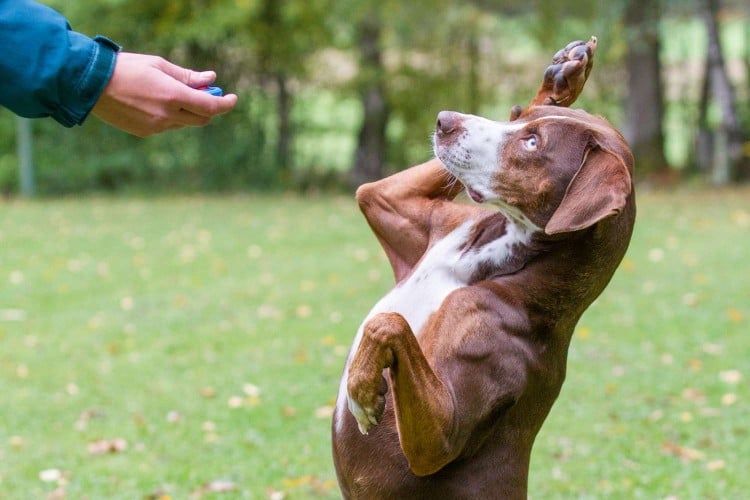


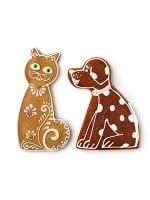

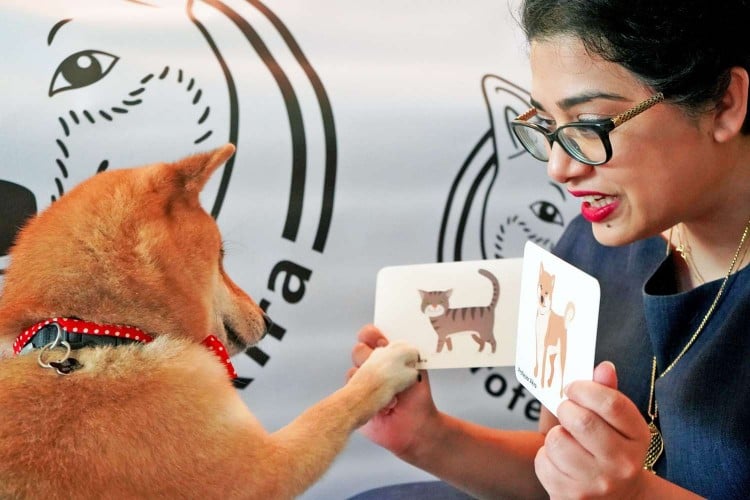
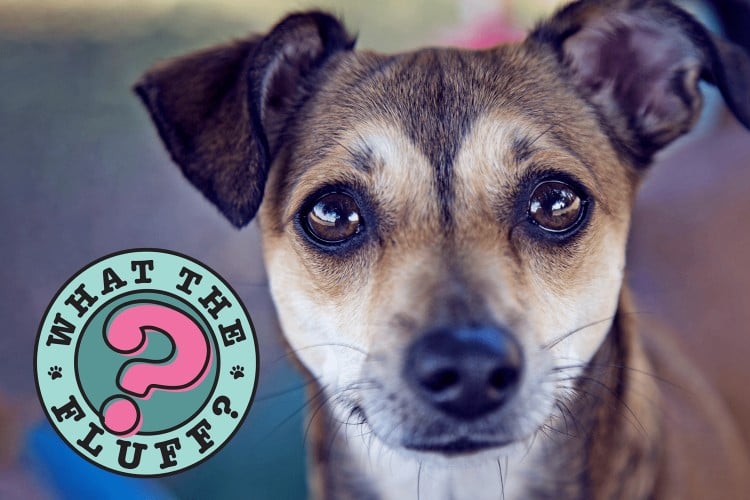
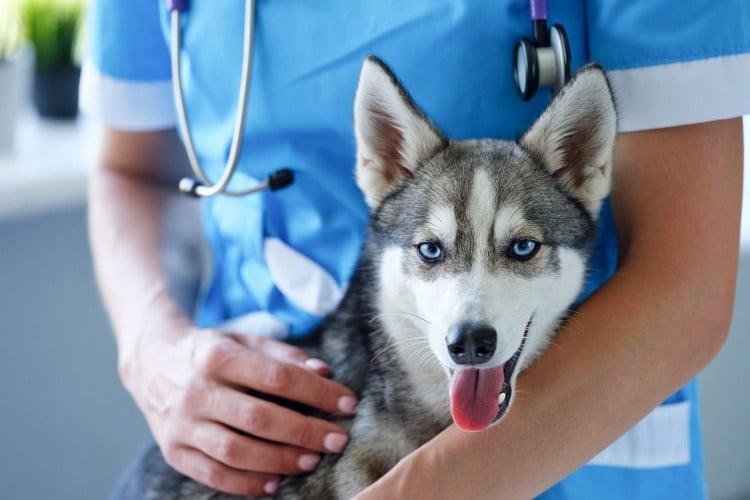
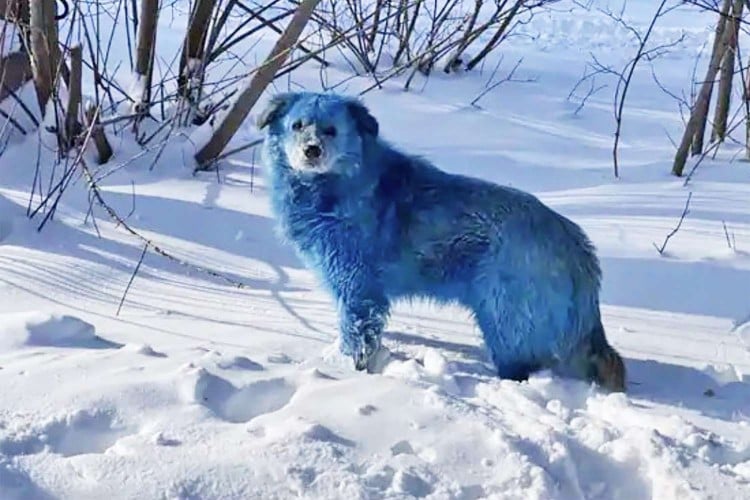
Comments on " What is a Marker in Training? And Why You Probably Want to Use One" :